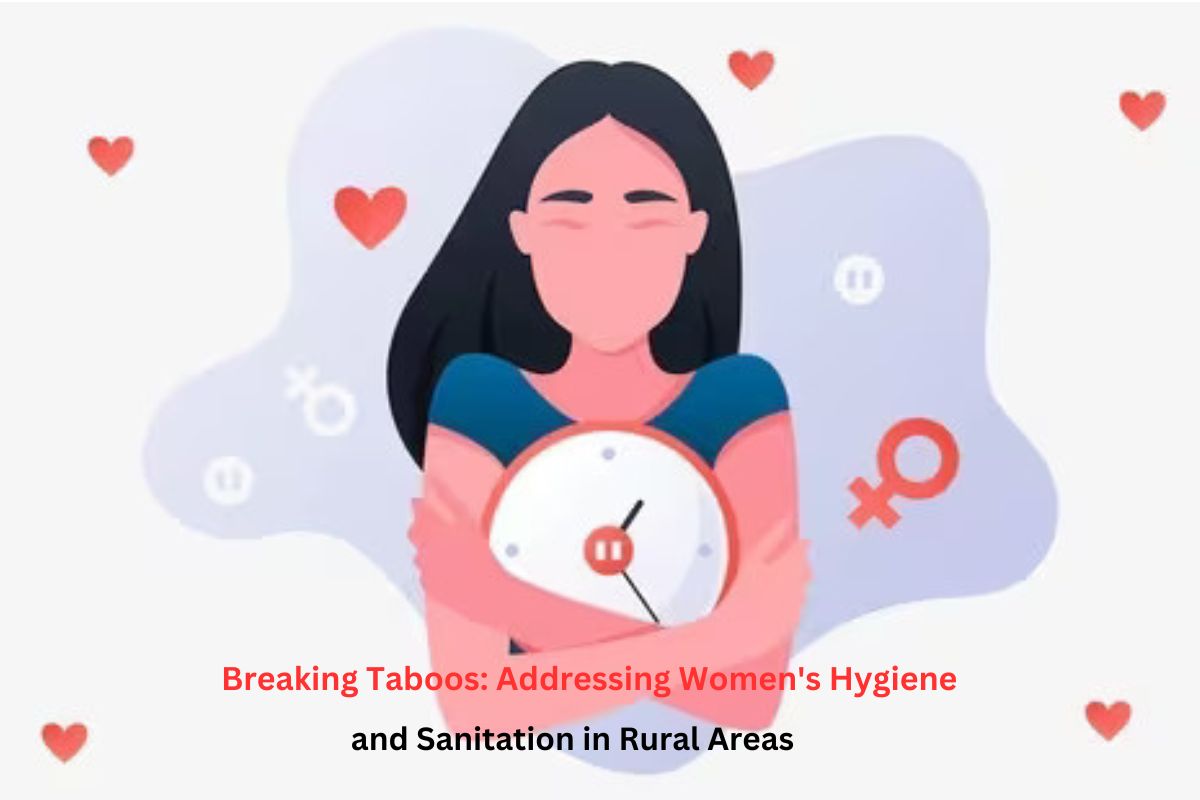
Breaking Taboos: Addressing Women's Hygiene and Sanitation in Rural Areas

Breaking Taboos: Addressing Women's Hygiene and Sanitation in Rural Areas
In many rural communities around the world, women face a silent and deeply entrenched challenge—access to proper hygiene and sanitation facilities. While we often take for granted the availability of clean water and sanitation in urban areas, this fundamental necessity remains a pressing issue in rural regions. Moreover, cultural taboos surrounding women’s hygiene and menstruation add a layer of complexity to this already critical problem.
The Silent Crisis: Lack of Sanitation Facilities
Rural areas frequently lack the infrastructure required to provide clean water and sanitation facilities. Women, in particular, bear the brunt of this crisis. The absence of private, safe, and hygienic spaces for women to manage their menstrual hygiene needs affects their overall health and well-being. Many resort to using unclean and unsafe materials, leading to infections and other health complications.
In addition to the lack of facilities, the cultural stigma surrounding menstruation often forces women and girls into isolation during their periods. They may be prohibited from entering kitchens, temples, or even touching certain objects. This isolation not only perpetuates a sense of shame but also limits their participation in daily life.
The Power of Education and Awareness
Breaking these taboos begins with education and awareness. NGOs and community organizations play a crucial role in addressing this issue. They work tirelessly to dispel myths and raise awareness about the importance of women’s hygiene and sanitation. These efforts involve both men and women, as it’s essential to engage the entire community in order to bring about lasting change.
Empowering Women with Access and Knowledge
Access to affordable and sustainable menstrual hygiene products is another critical aspect of addressing this issue. Many initiatives focus on producing reusable and eco-friendly products, ensuring they are affordable and readily available in rural areas. By providing women with access to such products, we empower them to manage their menstrual health safely and with dignity.
Moreover, efforts are underway to build gender-segregated sanitation facilities in rural communities, promoting privacy and hygiene. These facilities not only benefit women during their periods but also contribute to the overall improvement of sanitation in these areas.
Conclusion
Addressing women’s hygiene and sanitation in rural areas is a multifaceted challenge that involves breaking deep-seated taboos, improving infrastructure, and providing education and access to hygiene products. By doing so, we not only enhance the physical well-being of women in these communities but also promote gender equality and empower women to lead healthier, more fulfilling lives. It’s a journey toward change that requires collaboration, empathy, and a commitment to breaking the silence surrounding this critical issue.
